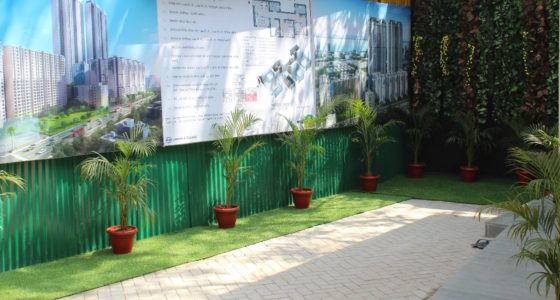Regulatory Changes are Reshaping NBFCs in the Real Estate Sector Regulatory Changes are Reshaping NBFCs
Gunjan Goel, Director at Goel Ganga Developments
The re-elected government’s model tenancy act has been a revolutionary change, enabled by their clear and decisive majority, that has given a new lease of life to a segment that was perhaps the most underwhelming in Indian real estate- rental housing. By building an accountability framework and pushing for increased light on rental agreements, it reassured investors on assured returns on their assets. Private players are also coming forward in a big way to develop purpose-built rental accommodations for urban centers and tier-2 cities. Furthermore, the stressed asset fund of Rs. 25,000 crore also reflected the government’s efforts to deal with a major concern which was the stalled housing projects by offering priority debt for the sector. This boosted buyers confidence by quickly rejuvenating stagnant construction and unfreezing housing completions order across the major market immediately after the poll results.
LC Mittal, Director, Motia Group
A major demand side boost arose from the government’s decision to extend the Credit Linked Subsidy Scheme under PMAY up to December 2024 and changes to the LTC guidelines by the new formed regime. Therefore, the integral modification of norms based on the interest subsidies and hike in differential premiums further redefined the affordability levels in relation to mid and affordable housing segments – consumers as well as developers. The creation of the Rs. 60,000 crore realty stress fund for last-mile funding by the re-elected government has also emerged as a huge positive for the sector soon after the polls. It enabled the builders who got stuck in their constructions to simply start the construction again by getting locked and immediate fund to finish all the project, essentially reviving the whole real estate industry.
Siddharth Maurya, Founder & Managing Director, Vibhavangal Anukulakara private limited Other than general and macroeconomic policy reforms of the re-elected BJP regime were brought the following historic reforms like RERA institutionalization across states too after 2024 polls. This shift towards integrated regulation and openness was in the best interest of consumers and offered developers accountability for their actions. Besides, the urban infrastructure requisite through Smart City, AMRUT and Pradhan Mantri Awas Yojana ( PMAY) also generated fresh realty demand waves post polls. The reform and rejuvenation of the existing civil infrastructure and rise in new affordable housing stock contributed a lot to the improvement of the quality of life of cities.
Aman Gupta, director of RPS Group The scale of the BJP’s victory to a third term means that it has delivered unprecedented policy certainty, which the real estate industry yearns for. Looking at the current structural reforms, the government has specifically been working on the part of liberalizing the economy for increased business propositions in areas such as infrastructure and renewable energy. Hoping to see more reforms in sectors such as land acquisition and how business is done, we are expecting to see this graph to rise even further and investors to flock towards the development of the sector.









